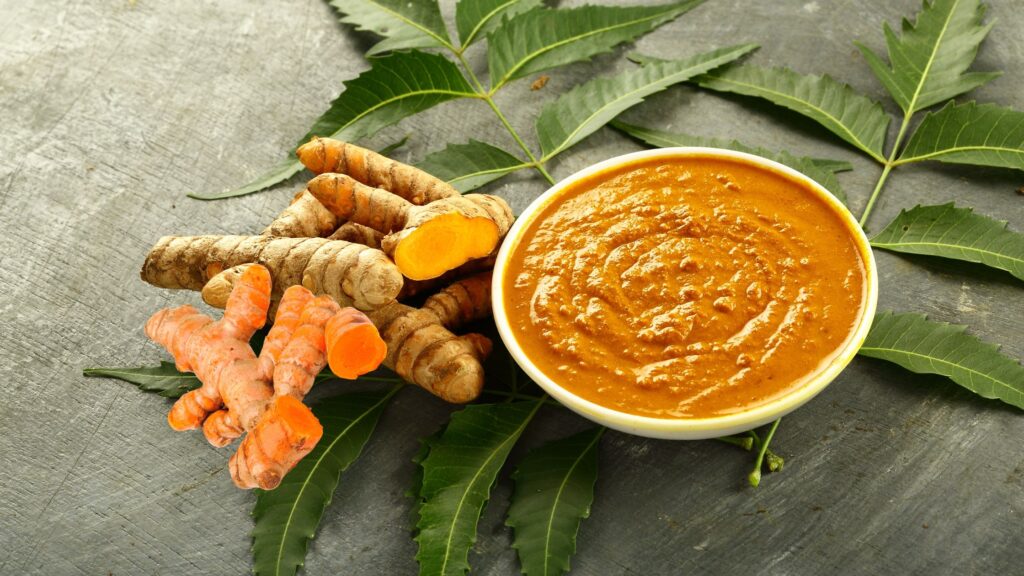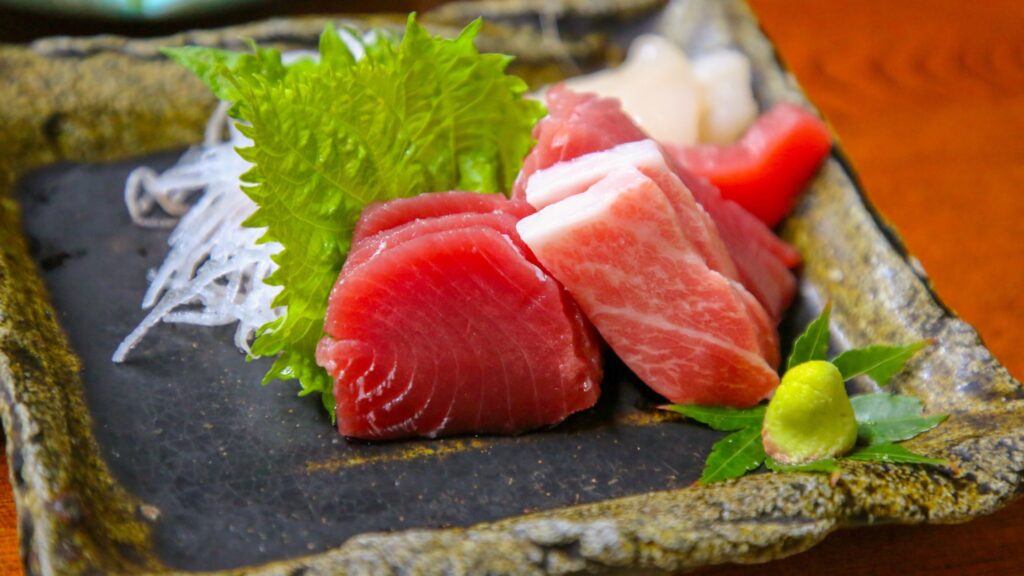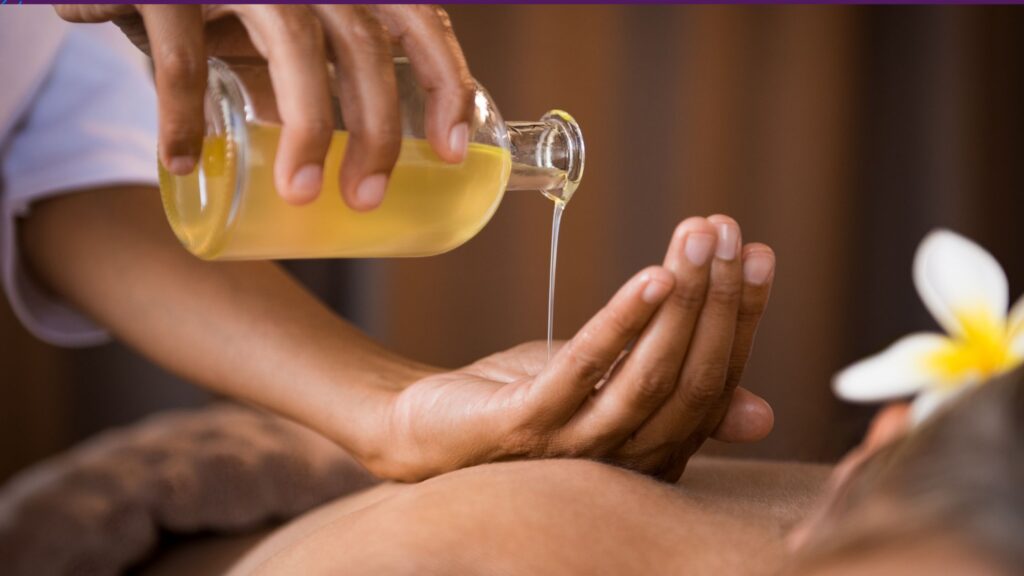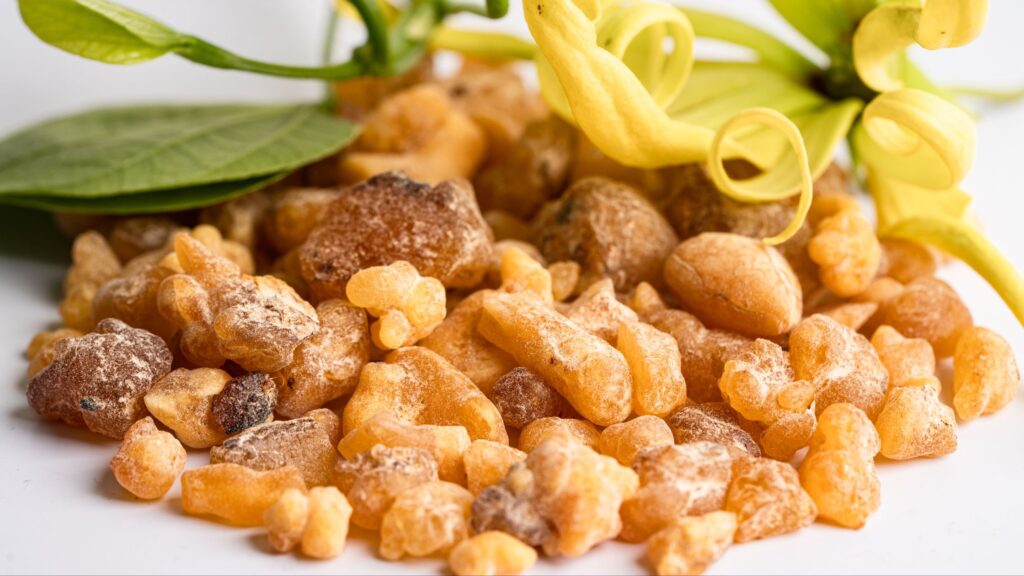Whether due to injury, illness, or the wear and tear of daily life, periods of discomfort are an unfortunate part of the human experience. For many, over-the-counter medications provide temporary reprieve but can take a toll with prolonged use. This article explores 9 scientifically-validated natural remedies shown to relieve various types of pain safely and effectively. By giving your body the natural tools it needs for healing, you may find relief in more than just the immediate problem area.
9 Best Natural Pain Relief
Arnica

Used topically, arnica cream or gel has anti-inflammatory and analgesic properties attributable to sesquiterpene lactones. Studies show it relieves pain from bruising, sprains, tendonitis, and arthritis when massaged gently into the skin. Look for homeopathic arnica products to minimize potential irritation in sensitive individuals. Its soothing touch often brings fast comfort without drugs’ side effects or risks with prolonged use. Try it for localized aches accompanying minor injuries or overexertion.
Turmeric

This golden spice harbors curcumin, a powerful compound with properties similar to prescription anti-inflammatories. Research links curcumin supplementation to lower pain levels in conditions like arthritis, tendonitis, and injury-related discomfort. Consider adding 1/4-1/2 teaspoon turmeric powder to meals or drinks a few times daily. Or look for standardized turmeric extracts delivering therapeutic curcumin doses. Its inside-out approach may reduce both surface pain and deeper inflammation over time. Gentle and unlikely to interact with other medications.
Omega-3 Fatty Acids
Our bodies can’t make omega-3s on their own, yet they play vital structural and functional roles throughout the skeletal and nervous systems. Studies show omega-3 supplementation significantly reduces inflammation and perceived pain in conditions like lower back pain, rheumatoid arthritis, and dysmenorrhea. Aim for 1-3 grams total daily EPA+DHA intake from fatty fish, flaxseed, walnuts, chia seeds, or fish oil capsules. Omega-3s’ anti-inflammatory activity and neuroprotective properties create a cumulative pain-relieving effect with regular intake.
Magnesium

Involved in over 300 bodily processes, low magnesium levels are linked to greater reported pain. Topical magnesium oil or Epsom salt baths work wonders by delivering the mineral directly into muscles via osmosis. Orally, magnesium glycinate promotes absorption and relaxation without laxative effects. Both short and long-term magnesium supplementation has shown benefits for headache, back pain, fibromyalgia, and arthritis. Whether you choose foods like pumpkin seeds, almonds, or green leafy veg or a supplement, boosting this essential mineral can alleviate physical tension at its source.
CBD Oil
Cannabidiol or CBD provides many therapeutic effects without psychoactivity by interacting with the body’s endocannabinoid system. Multiple studies link CBD to significantly reduced ratings of chronic pain, inflammation, and neuropathy. Look for full-spectrum CBD oil containing trace amounts of additional beneficial cannabinoids and terpenes. Start with a low dose and increase slowly as needed and tolerated for inflammatory, nerve-related, or musculoskeletal discomfort. While generally well-tolerated, potential interactions with medications necessitate caution and discussion with your health practitioner.
Acupressure

This hands-on healing technique involves applying firm but gentle pressure to specific points along meridian pathways related to organ function and energy flow. Daily self-acupressure massage invokes relaxation responses and restores balance. Focusing on points near the source of discomfort, or on corresponding distal points, has shown benefits for everything from headaches to back pain to arthritis. Try 5-10 minutes of simple diaphragmatic breathing combined with light pressure during massage for enhanced benefits without needing an acupuncturist. Its relaxing release eases pain both emotionally and physically.
Heat Therapy

Whether from a hot shower, bath, heating pad, or thermal pack, applying warmth to sore areas encourages circulation and relaxation of tightened muscles while discouraging sensory perception of pain. In addition to temporarily easing hurt in spots like the back, neck, shoulders, and knees, regular heat therapy may confer longer-term relief when combined with stretching or range-of-motion exercises. For acute injuries, alternate between 15 minutes of heat and 30-40 minutes without for safety. Chronic conditions usually tolerate 20-minute daily sessions gently applied. Harness nature’s healing using the power of heat.
Massage

More than just pleasant, regular therapeutic massage reduces pain levels through multiple physiological mechanisms. Massaging sore areas increases blood flow and oxygenation while flushing out painful biochemicals like lactic acid. It also prompts the release of relaxing endorphins and inhibits pain signaling between nerves and the brain. Opt for a session by a certified massage therapist when acute issues flare, or incorporate gentle self-massage and range-of-motion exercises into your self-care routine. Emotional benefits are icing on the cake of this holistic relief strategy.
Nature’s Pharmacy

Certain herbs like willow bark, ginger, skullcap, and Boswellia contain compounds that interact directly with pain receptors in the body. Steep in hot water to make an anti-inflammatory herbal tea drunk 1-2 times daily. Or look to capsule or tincture form if taste or preparation prove unappealing. While individuals vary, these botanicals’ unique analgesic constituents complement lifestyle adjustments and other natural remedies to provide cumulative comfort where modern options may fail or falter. With consistent use, nature’s pharmacy brings whole-body relief.
Conclusion
Partnering lifestyle habits that minimize wear and tear with occasional targeted remedies empowers you to address discomfort holistically without dependence. While certain conditions warrant medical care, simple natural self-care offers a complementary first-line of defense. Experiment with different techniques to discover your ideal home care protocol, modify as needs change, and accept that not all work for all. With patience and consistency, nature may yet relieve what modern methods miss through its multidimensional holistic approach.




